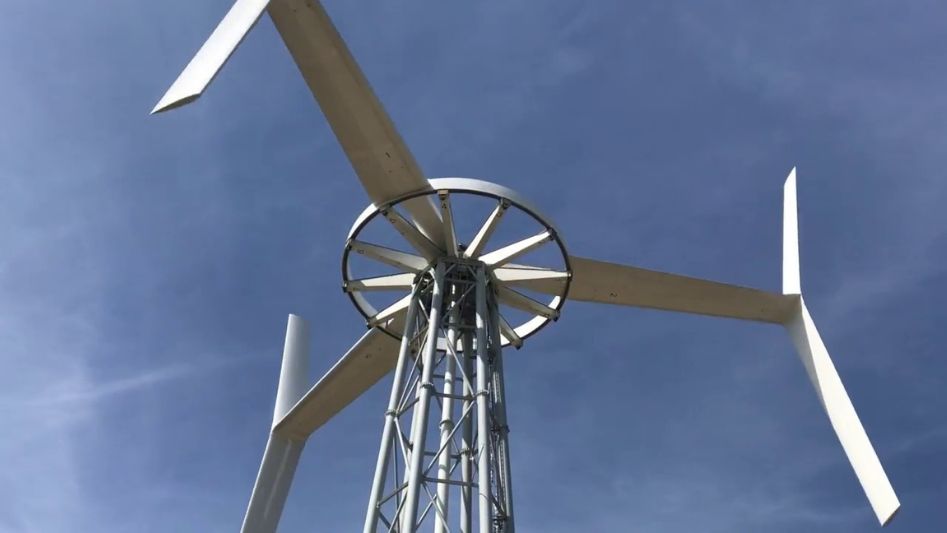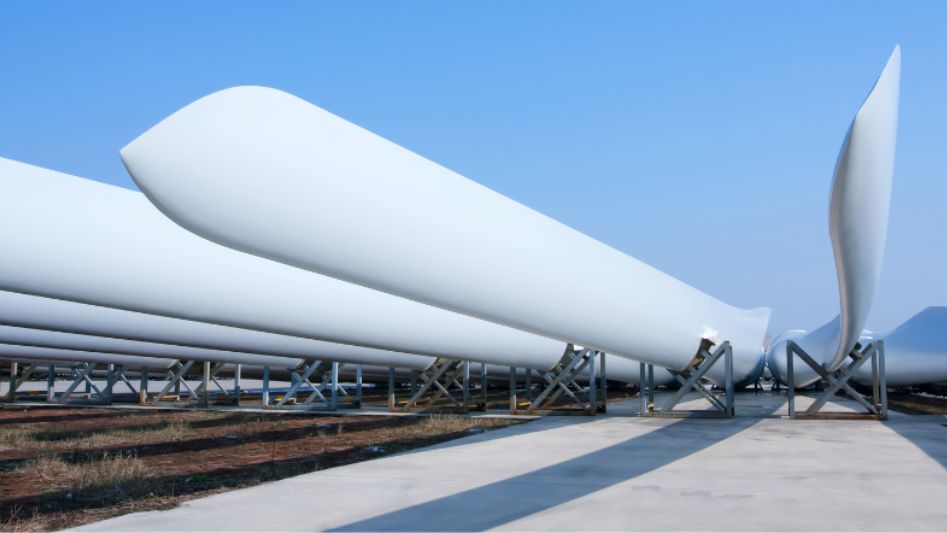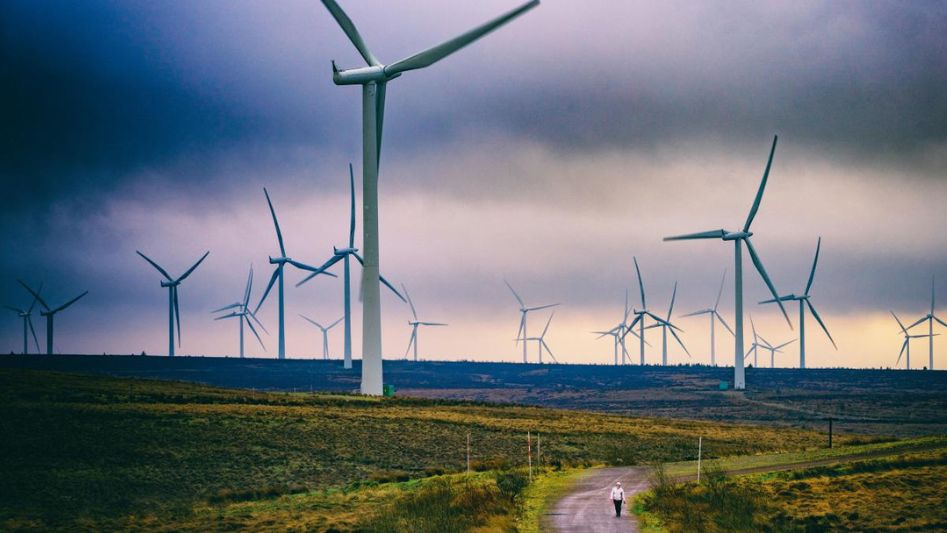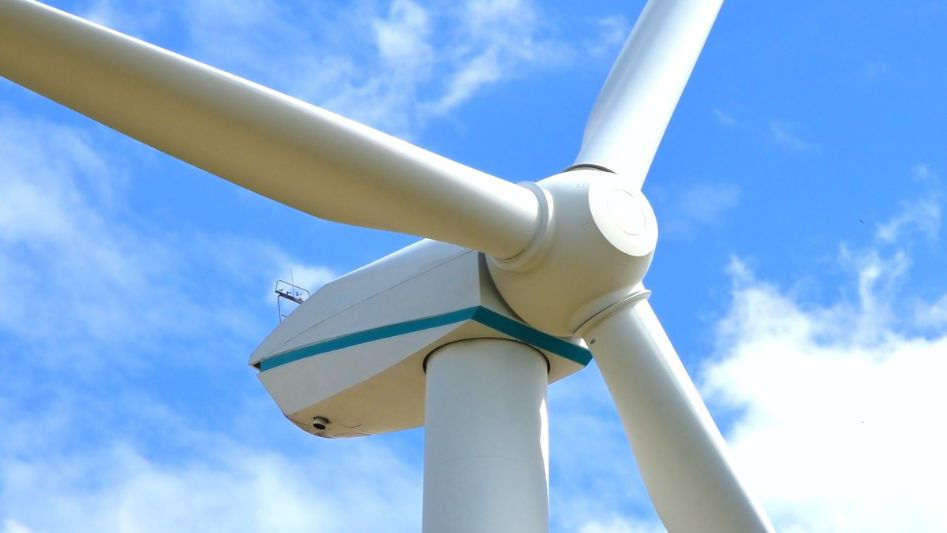In the ever-evolving realm of renewable energy, wind turbines stand tall as the iconic symbols of progress and sustainability. As the world’s energy needs grow, so too does the demand for efficient and environmentally friendly sources of power. Wind turbines, which harness the power of the wind to generate electricity, have undergone a fascinating transformation in recent years. In this article, we’ll delve into the innovative world of wind turbine design and explore the cutting-edge technologies that are revolutionizing this industry.
Table Of Content
We invite you to read: “From the Skies to the Land: How Airplane Design Influences Wind Turbine Design”

The Genesis of Wind Energy
Before we delve into the innovations, let’s take a moment to appreciate the origins of wind energy. It’s a concept that has been around for centuries, dating back to the simple windmills used for milling grain and pumping water. However, the real breakthrough came with the advent of electricity generation in the late 19th century.
Early Wind Turbine Designs
In the early days, wind turbines were simple structures with a few blades, often made of wood. They were used primarily for pumping water on farms and remote locations. These early designs were a far cry from the sleek and efficient turbines we see today.
Modern Wind Turbine Design
Fast forward to the 21st century, and wind turbine design has come a long way. Engineers and scientists have harnessed the power of technology and innovation to create turbines that are highly efficient and environmentally friendly. Here are some key advancements:
Aerodynamic Blade Design
One of the most significant breakthroughs in wind turbine technology has been the development of aerodynamically advanced blades. These blades are designed to maximize energy capture while minimizing resistance. They are often made of lightweight materials, such as carbon fiber, to enhance their efficiency.
Variable Pitch Systems
To optimize energy production, modern wind turbines are equipped with variable pitch systems. These systems allow the angle of the blades to be adjusted in real-time, ensuring they are always positioned to capture the maximum amount of wind energy. This dynamic adjustment significantly improves overall efficiency.
We invite you to read: “Innovation in Typhoon-Resistant Wind Turbine Design”

Smart Grid Integration
Another innovation in wind turbine design is the integration with smart grids. This technology enables wind turbines to communicate with the grid and adjust their output based on electricity demand. This not only reduces energy wastage but also enhances the stability of the power grid.
Offshore Wind Farms
The move towards offshore wind farms has been a game-changer for the industry. These massive wind turbines are strategically placed in the ocean, where wind speeds are consistently high. This location not only increases energy production but also mitigates the visual impact on land.
The Future of Wind Turbines
As we look to the future, wind turbine design is poised for even more remarkable advancements. Emerging technologies, such as vertical-axis turbines and energy storage solutions, promise to make wind energy an even more attractive and reliable source of power.
Vertical-Axis Turbines
Vertical-axis wind turbines, unlike their traditional horizontal counterparts, can capture wind from any direction, making them ideal for urban environments. They have a smaller footprint and can be integrated into existing infrastructure.
Energy Storage Solutions
One of the challenges of wind energy is its intermittency. However, with the development of advanced energy storage systems, excess energy generated by wind turbines can be stored and used during periods of low wind. This makes wind energy more reliable and consistent.
We invite you to read: “Giant Turbines vs. Radical Designs: The Battle for the Future of Wind Power”

Conclusion
The world of wind turbine design is in a constant state of evolution. From humble beginnings to cutting-edge innovations, these towering giants continue to shape the future of renewable energy. With advancements in aerodynamics, variable pitch systems, smart grid integration, and offshore installations, wind turbines have become a powerful force in the fight against climate change. As we gaze ahead, the promise of vertical-axis turbines and energy storage solutions paints a bright future for wind energy—one where efficiency and sustainability go hand in hand.
FAQs
What is wind turbine efficiency?
Wind turbine efficiency refers to how effectively a wind turbine converts wind energy into electricity. Higher efficiency means more power generation.
How do aerodynamic blades improve wind turbines?
Aerodynamic blades reduce resistance, allowing wind turbines to capture more energy and produce electricity efficiently.
What are variable pitch systems in wind turbines?
Variable pitch systems adjust blade angles to maximize energy capture, optimizing wind turbine performance.
How do offshore wind farms impact energy production?
Offshore wind farms harness high ocean winds for increased energy output and reduced visual impact on land.
You May Also Like
- Designing Wind Turbine Projects for Optimal Performance in Properly Development
- Maximizing Wind Potential: Strategies for Onshore and Offshore Installations
- Noise Pollution and Wind Turbines: Seeking Silent Solutions in Urban Settings
- Challenges and Solutions in Modern Wind Energy Production
- Wind Energy Unleashed: Unraveling the Technology Driving Wind Turbine Power

